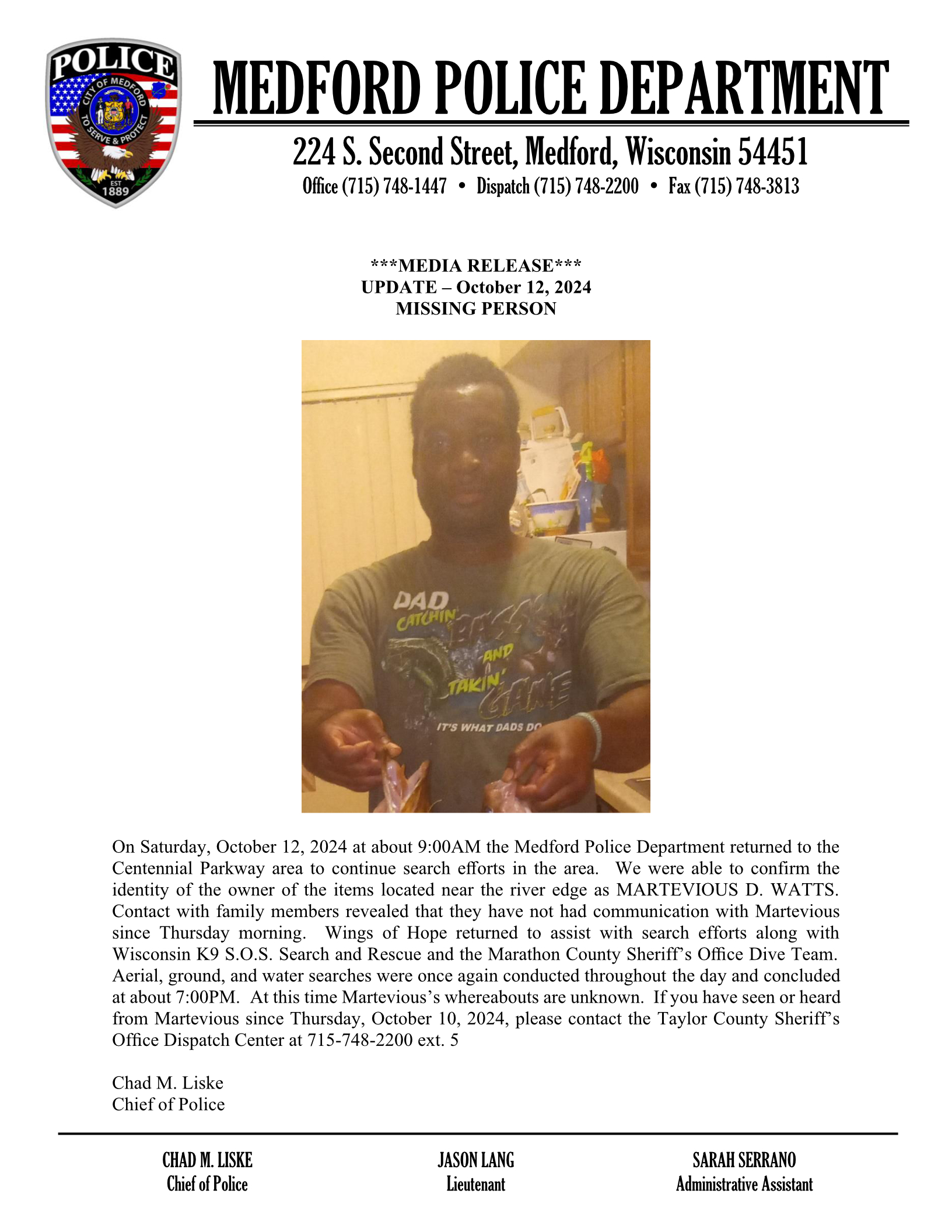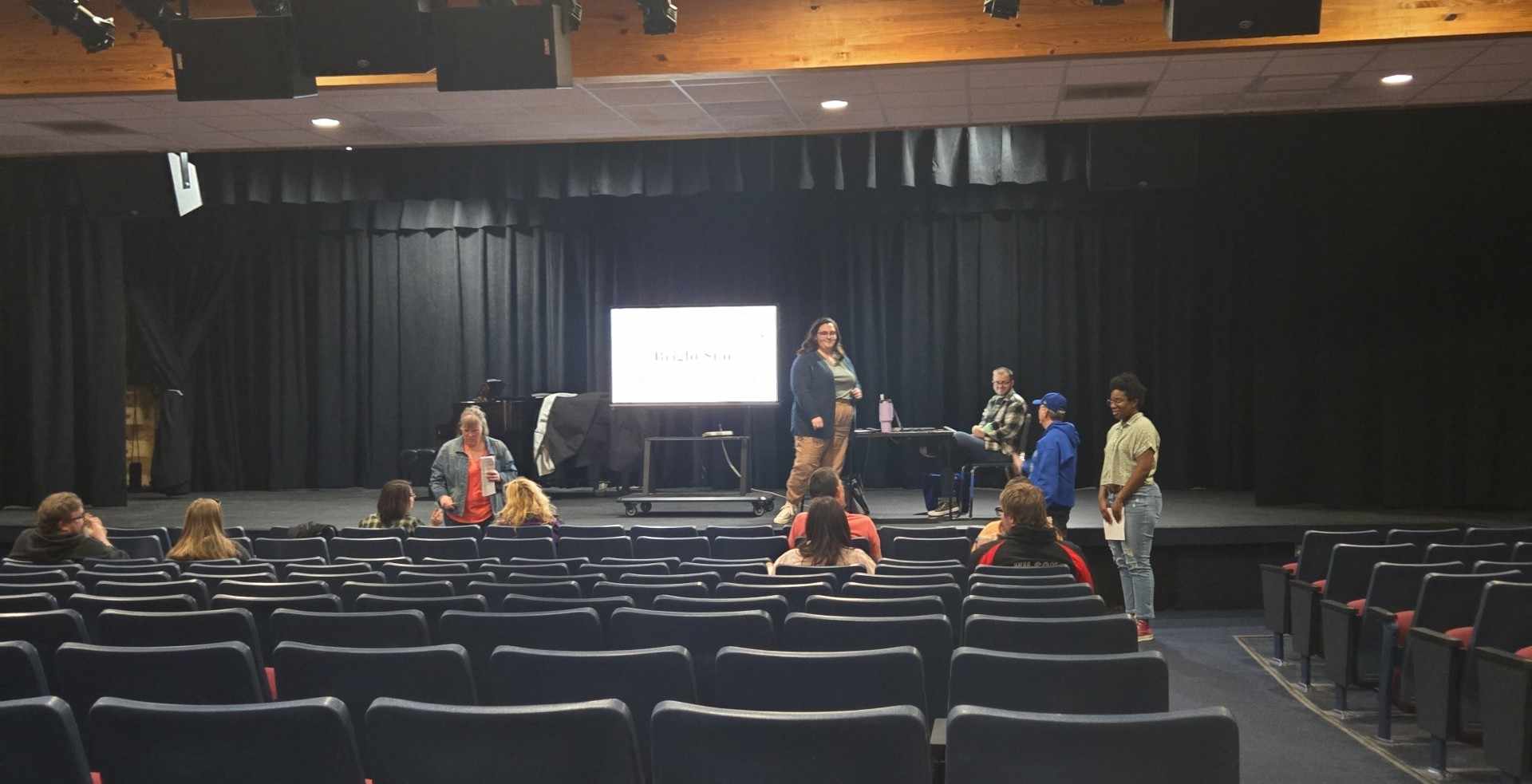What are the virtual options? And what could be?
Cadott School Board
The Cadott School Board took a look at the virtual learning programs currently offered by the district, as they considered how to approach the issue in the future, during a Committee of the Whole meeting, Sept. 28.
Caleb Hundt, high school principal, began by talking about what blended learning and eSucceed are.
He said blended learning is a hybrid system that allows students to take up to two classes online, as well as traditional classes in-house. The online classes are limited to two by the state.
On the other hand, eSucceed is a charter school the district contracts with, as part of a consortium. Hundt says the blended learning and all other virtual options offered by the district are through eSucceed, currently. He says eSucceed uses the Wisconsin eSchool Network (WEN) to provide the curriculum. The program also contracts with local teachers.
The Cadott district only manages the part-time enrollments in the program and there is an option for full-time learners.
Hundt says eSucceed was initially meant as a way to improve open enrollment numbers and serve Cadott students first.
“Initially, we had all part-time, single-class enrollments,” said Hundt.
A staff member who oversees the part-time enrollments, called a local education guide, provides support to students and monitors pacing, as they learn how to do online classes, while still being in-house.
“We’ve also started communicating with our local teachers, to help some students, if they need to,” said Hundt. “If students are struggling, we might have our English teachers come in and help that student.”
He says that is helpful, since the local education guide does not specialize in every subject.
Hundt also says the district discourages students from taking classes through blended learning, if it doubles up with a class already offered by Cadott.
“A lot of our blended learning classes, are some of those more elective type classes, or some of those that kind of go above and beyond what we offer,” said Hundt.
He says classes popular with Cadott students, are criminology and Mandarin Chinese.
Students who are full-time virtual eSucceed have less access to Cadott teachers, since they are then part of the eSucceed charter school.
“They have their own program director,” said Hundt.
He says full-online is an option for those who are uncomfortable attending in-person classes during COVID-19. Hundt says the district does try to have a meeting with students and their families when a student is considering switching to an all-online course load, to help them understand the differences.
“It’s not necessarily easier, it’s going to be different,” said Hundt.
Both blended learning and eSucceed offer diplomas, and students can switch between all-virtual and in-house learning at the start of each semester. Hundt says transferring mid-semester is possible, but more difficult, because of the way the semester lines up. Hundt says switching to their own virtual option, without a charter, means the district would most likely want more people to oversee the program, especially if a large number of students continue to enroll.
“If we have 60-70 kids who are taking classes that aren’t in our building, we would want someone to oversee those courses,” said Hundt, noting that many schools have someone overseeing part-time enrollment and someone else overseeing the full-time enrollment.
Hundt said, if the district were to eliminate eSucceed as the lead charter school, they would decrease per student fees and the consortium costs.
“But, if those students do open-enroll to iForward or another charter, they are open-enrolled out,” said Hundt.
Another option Hundt says was discussed, is the possibility of eliminating eSucceed as the lead charter and strictly using local staff to teach Wisconsin Virtual School (WVS) curriculum. He says that would save one-third of the course fee, but would require more staff licensed to teach those courses.
Board member Mark Schley asked what is involved in being a charter school. Hundt said there is an application through the state, but otherwise he does not know the exact process of starting a charter.
“My perception is you guys are really sold on eSucceed,” said Schley. “I guess I’m trying to understand that in contrast to our own program.”
District administrator Jenny Starck said part of it, is the board agreed to join the consortium prior to her coming to the district, as well as the initial motivation behind the charter, to prevent students from open-enrolling out to other charter schools like iForward.
Starck also noted eSucceed could eventually generate income for consortium districts, if the program continues to grow. Hundt says the biggest financial change is because more students are choosing a virtual option because of COVID- 19.
“I think any district you go to right now, their expense on using WVS or using eSucceed is going to be significantly higher,” said Hundt.
Hundt says it comes down to helping every kid learn their best, which is online for some, and totally different for others.
Rod Tegels, board president, asked if it is possible for the administration to look into a virtual option for students taught by Cadott staff and present it at an upcoming meeting. He said he still is in favor of going through eSucceed to offer classes for students not currently available at Cadott.
Josh Spaeth, elementary dean of students, also reminded the board that bringing the WVS courses in-house is an option.
The board also listened to a financial review, which included information on eSucceed and open enrollment. The discussion was to show a clearer picture of how open enrollment affects state aid.
The financial review also included information on scorecard goals, such as the impact of putting money in Fund 46 for capital improvement.
“That money is aided,” said Starck.
When the district puts money into the fund balance, which is used to cover cash flow as money comes into the district sporadically, that is not aided.
Starck says, this year, all districts must report to the state how much money they are putting into Fund 46 and the fund balance.
“I think what goes along with it, is they’ll think if districts have money they are going to sock away in Fund 46 or fund balance, maybe they don’t need as much money from the state,” said Starck.
Starck says that is one caution she thinks the board should pay attention to. Sue Shakal, director of finance, also said the board should compare the interest costs of short-term borrowing for cash flow and the amount of aid lost, because of money put into the fund balance to avoid short-term borrowing.
“Sometimes, it might make more sense to short-term borrow,” said Shakal.
Tegels asked how the district could start saving, in case major repairs to the infrastructure is needed in the future.
“I would think your taxpayers would have a problem taxing for a savings account,” said Shakal.
Starck suggested that be something talked about at the upcoming annual meeting.



